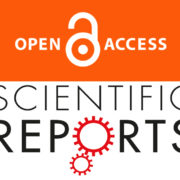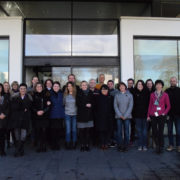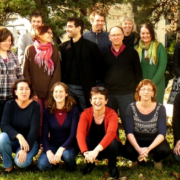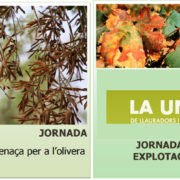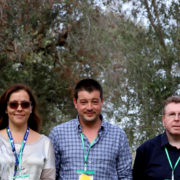A lattice model to manage the vector and the infection of the Xylella fastidiosa on olive trees
Authors
Annalisa Fierro 1 , Antonella Liccardo 2 , Francesco Porcelli 3
Affiliations
1 Consiglio Nazionale delle Ricerche (CNR) – Institute Superconductors, oxides and other innovative materials and devices (SPIN), Napoli, Italy. 2 Physics Department, Università degli Studi di Napoli “Federico II”, Napoli, Italy. Istituto Nazionale Fisica Nucleare (INFN) – Sezione di Napoli, Napoli, Italy. 3 Dipartimento di Scienze del Suolo, della Pianta e degli Alimenti, University of Bari Aldo Moro, Bari, Italy.
Abstract
Since October 2013 a new devastating plant disease, known as Olive Quick Decline Syndrome, has been killing most of the olive trees distributed in Apulia, South Italy. Xylella fastidiosa pauca ST53 is the plant pathogenic bacterium responsible for the disease, and the adult Meadow Spittlebug, Philaenus spumarius (L.) (Hemiptera Aphrophoridae), is its main vector. This study proposes a lattice model for the pathogen invasion of olive orchard aimed at identifying an appropriate strategy for arresting the infection, built on the management of the vector throughout its entire life cycle. In our model the olive orchard is depicted as a simple square lattice with olive trees and herbaceous vegetation distributed on the lattice sites in order to mimic the typical structure of an olive orchard; adult vectors are represented by particles moving on the lattice according to rules dictated by the interplay between vector and vegetation life cycles or phenology; the transmission process of the bacterium is regulated by a stochastic Susceptible, Infected and Removed model. On this baseline model, we build-up a proper Integrated Pest Management strategy based on tailoring, timing, and tuning of available control actions. We demonstrate that it is possible to reverse the hitherto unstoppable Xylella fastidiosa pauca ST53 invasion, by a rational vector and transmission control strategy.
Acknowledgements
F.P. acknowledges the European Union’s Horizon 2020 research and innovation programme under Grant Agreements No. 635646 – POnTE “Pest Organisms Threatening Europe” and No. 727987 – XF-ACTORS “Xylella Fastidiosa Active Containment Through a multidisciplinary-Oriented Research Strategy”.
Published on June 19, 2019 by NATURE SCIENTIFIC REPORTS

